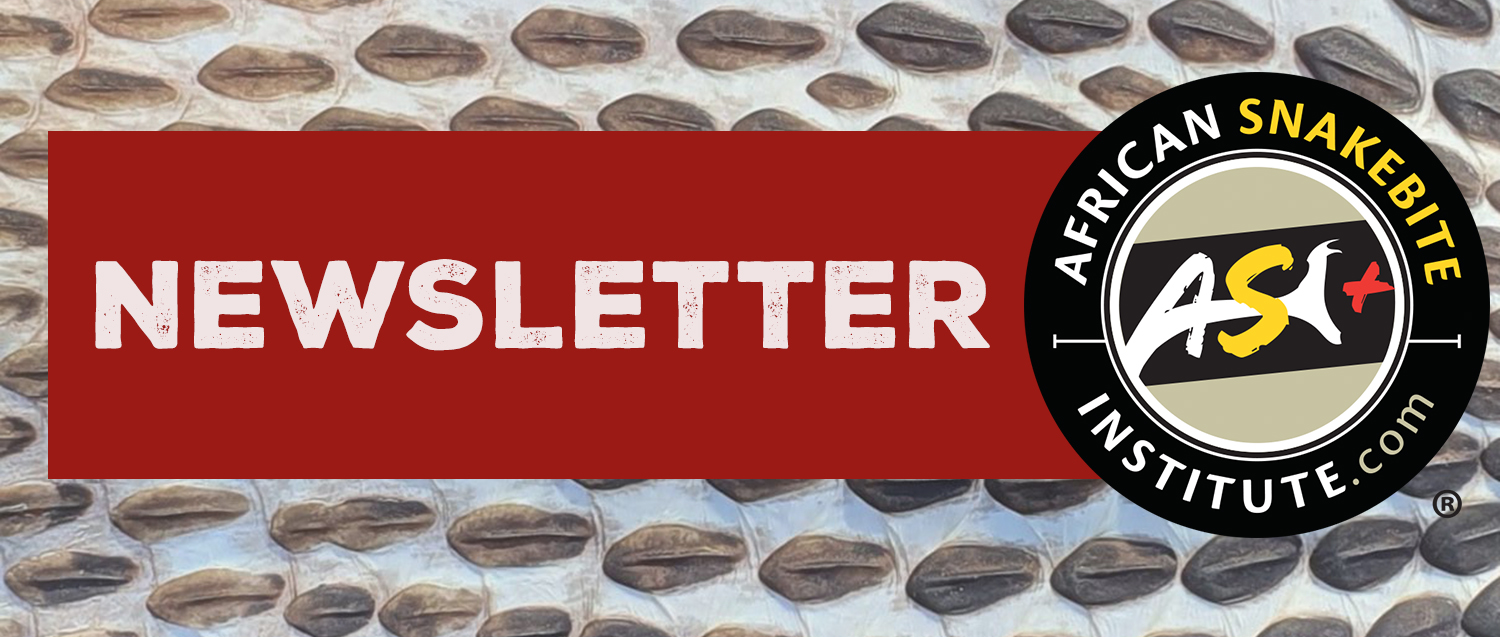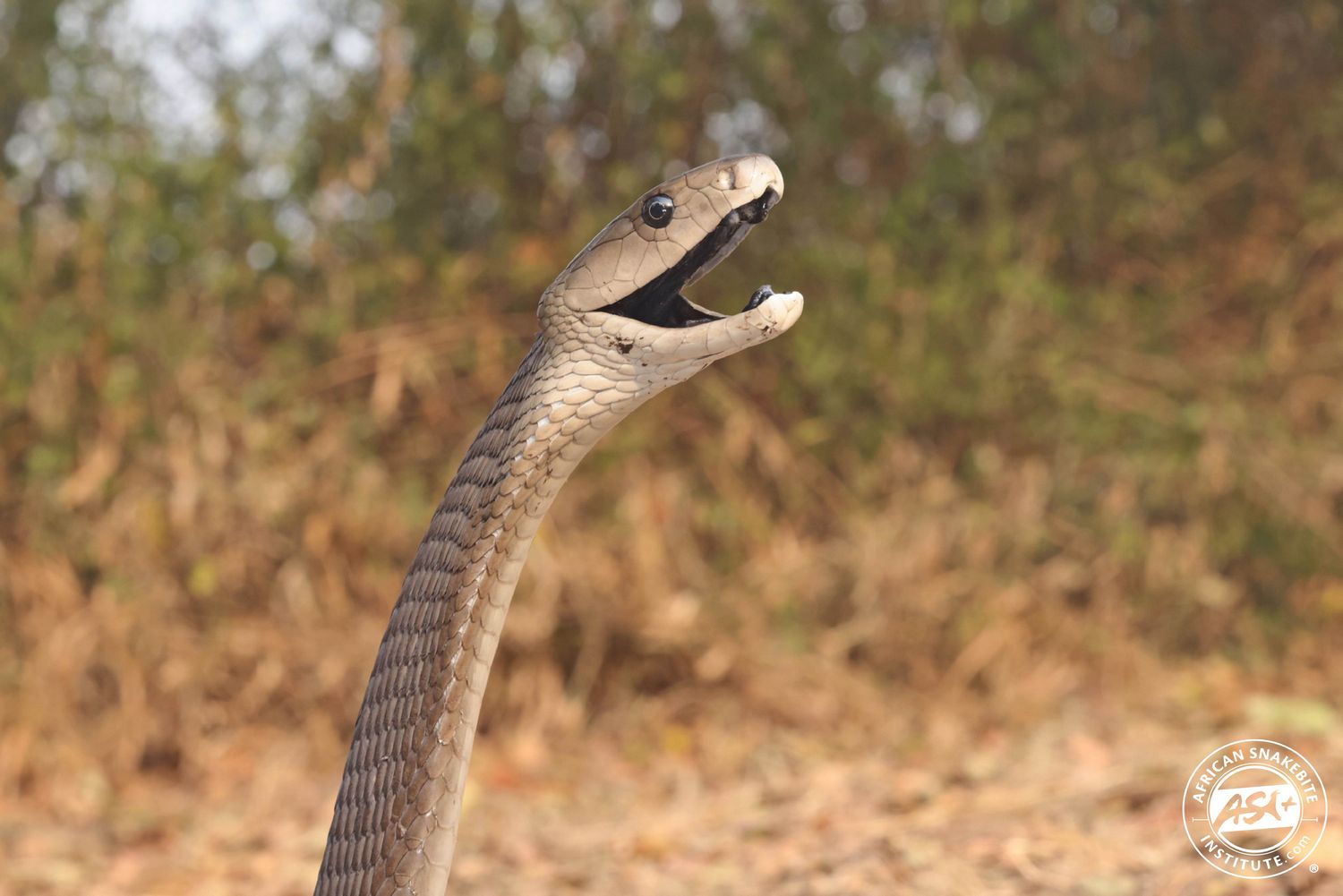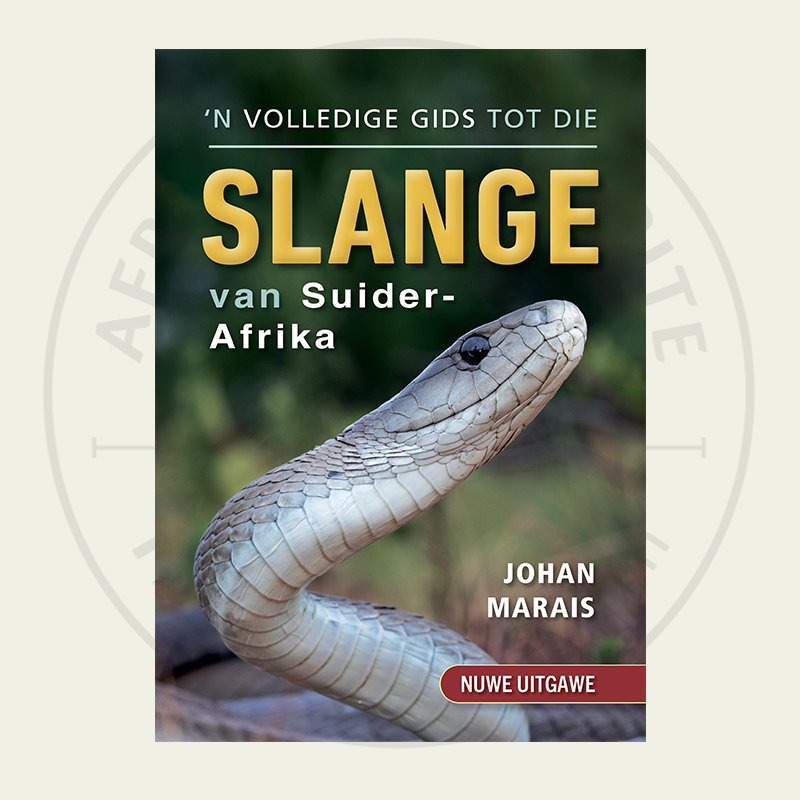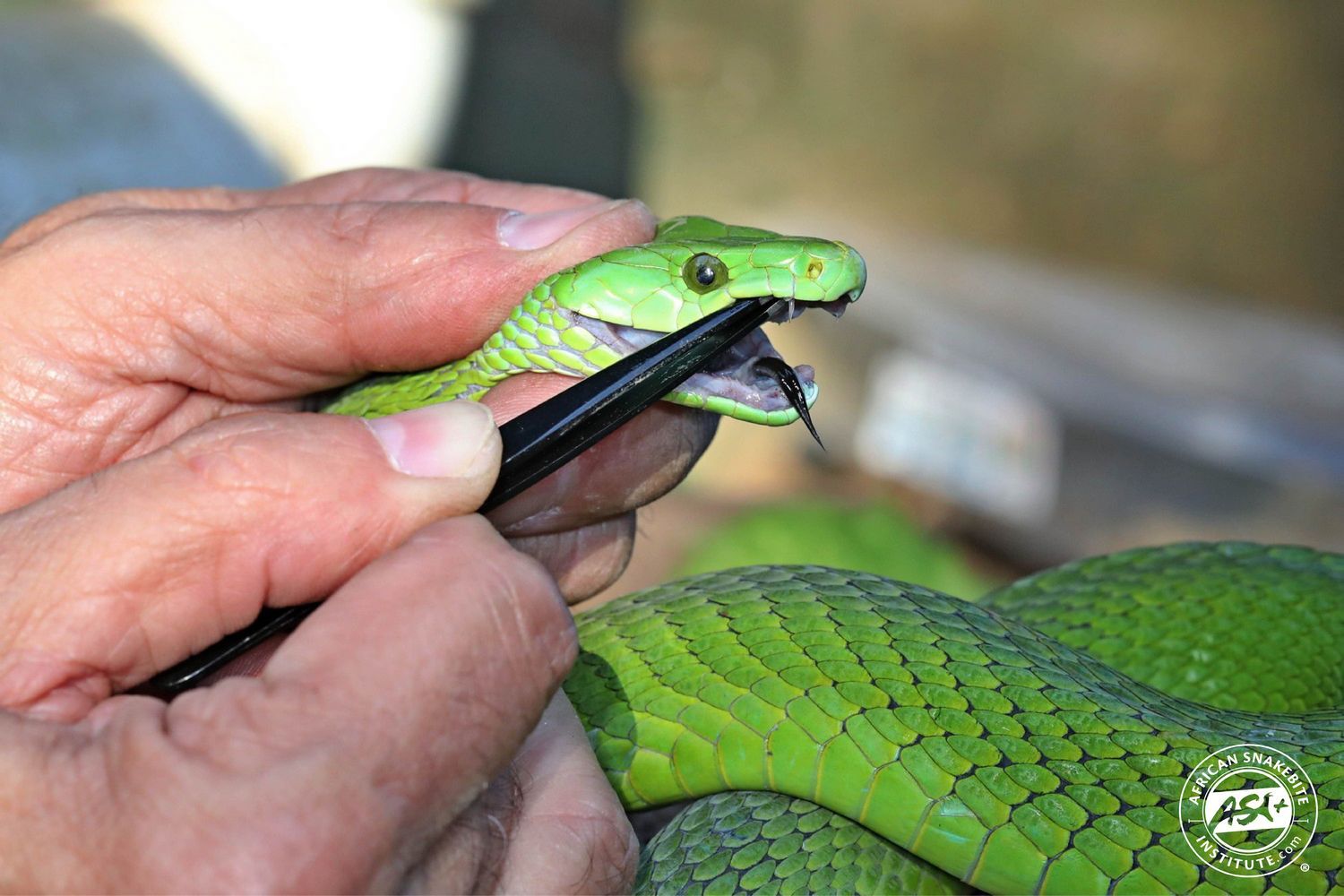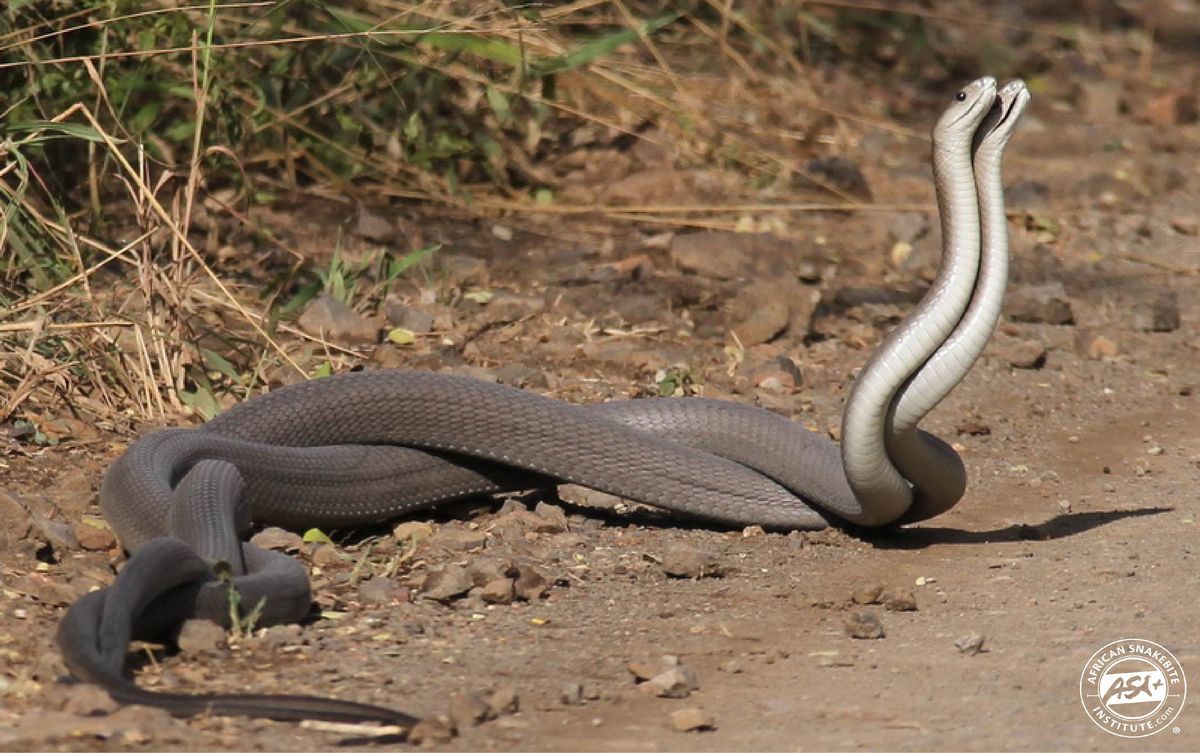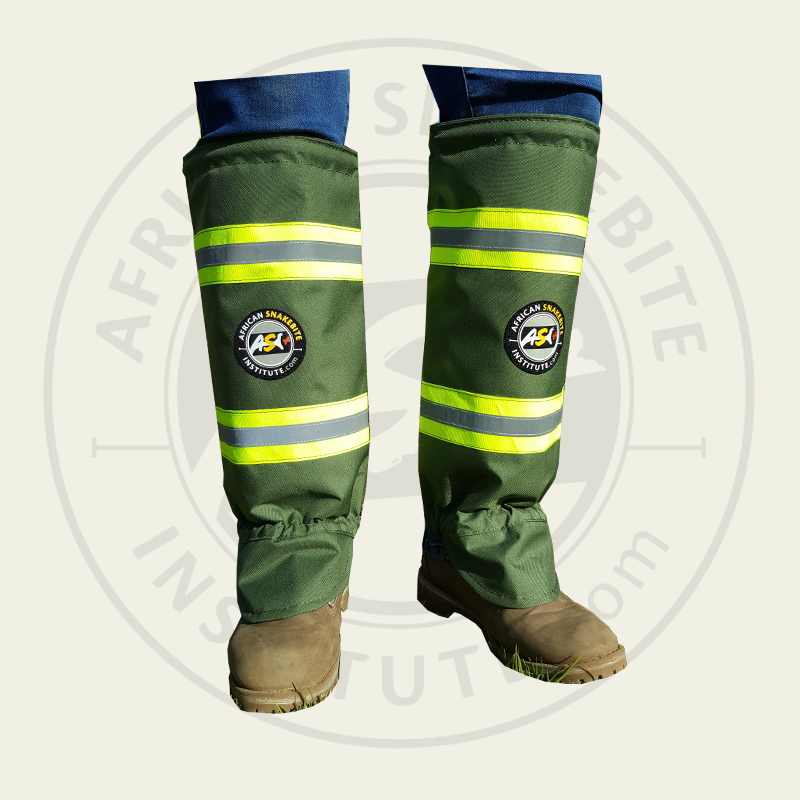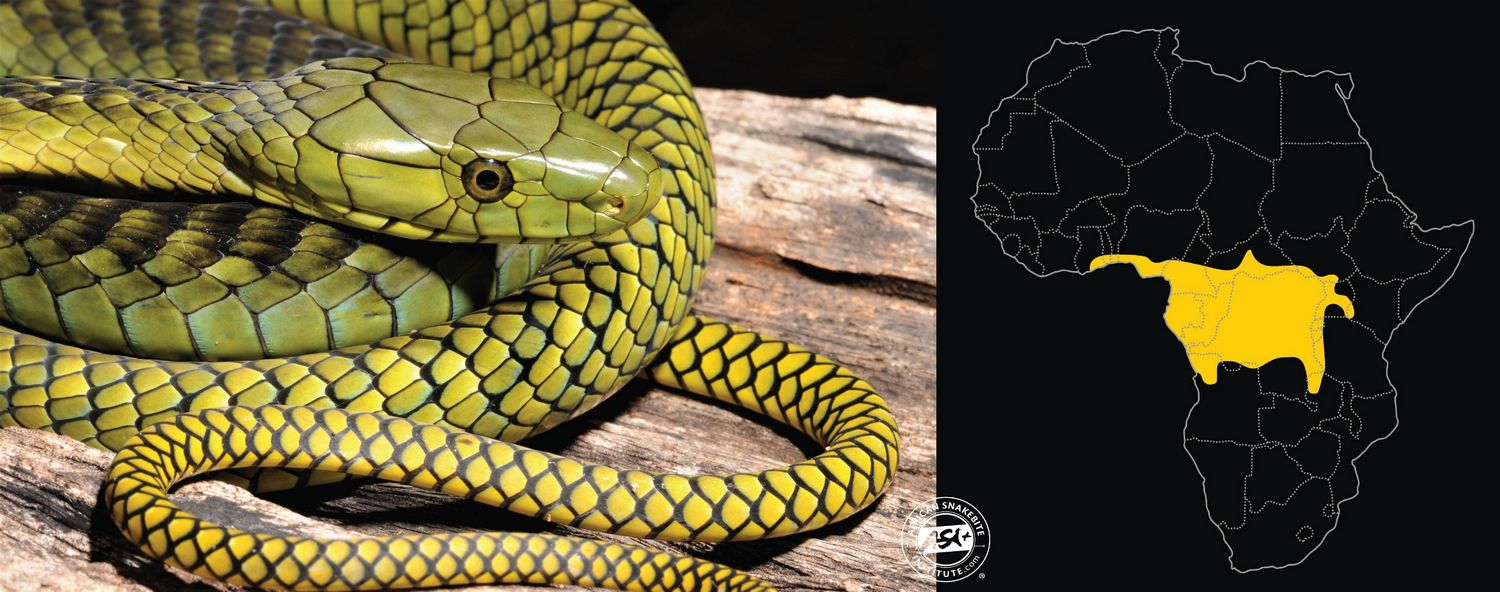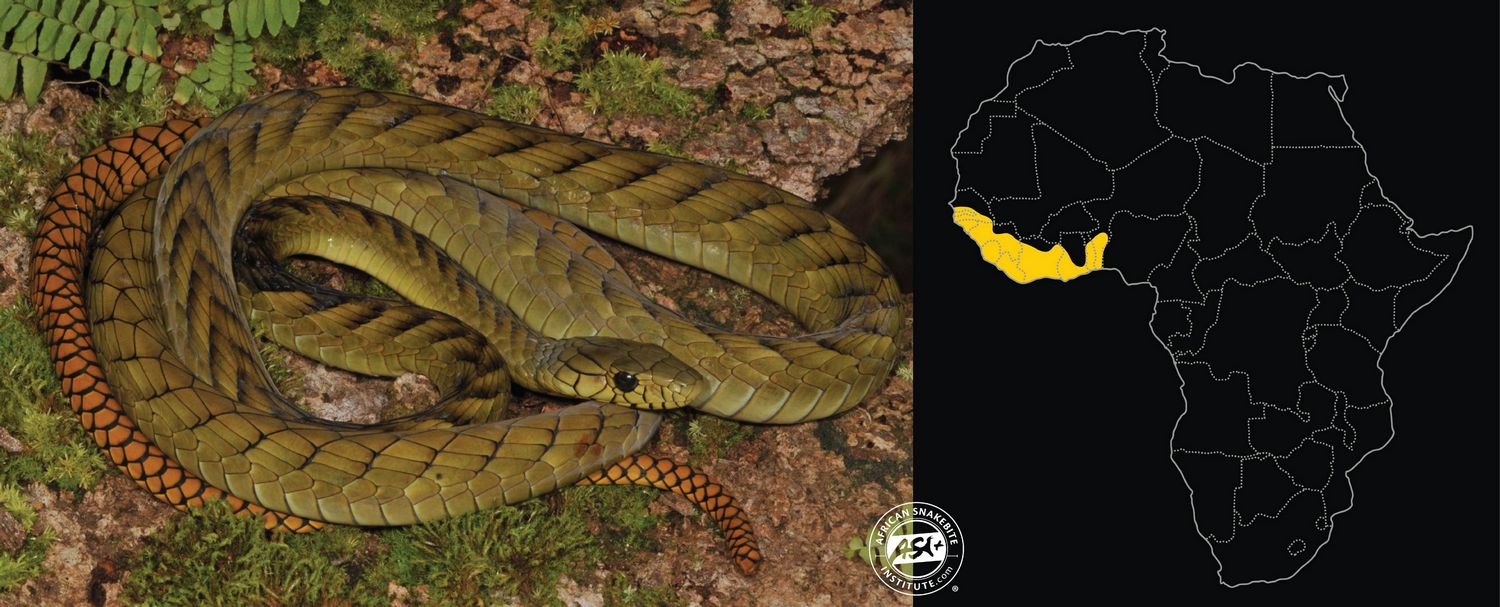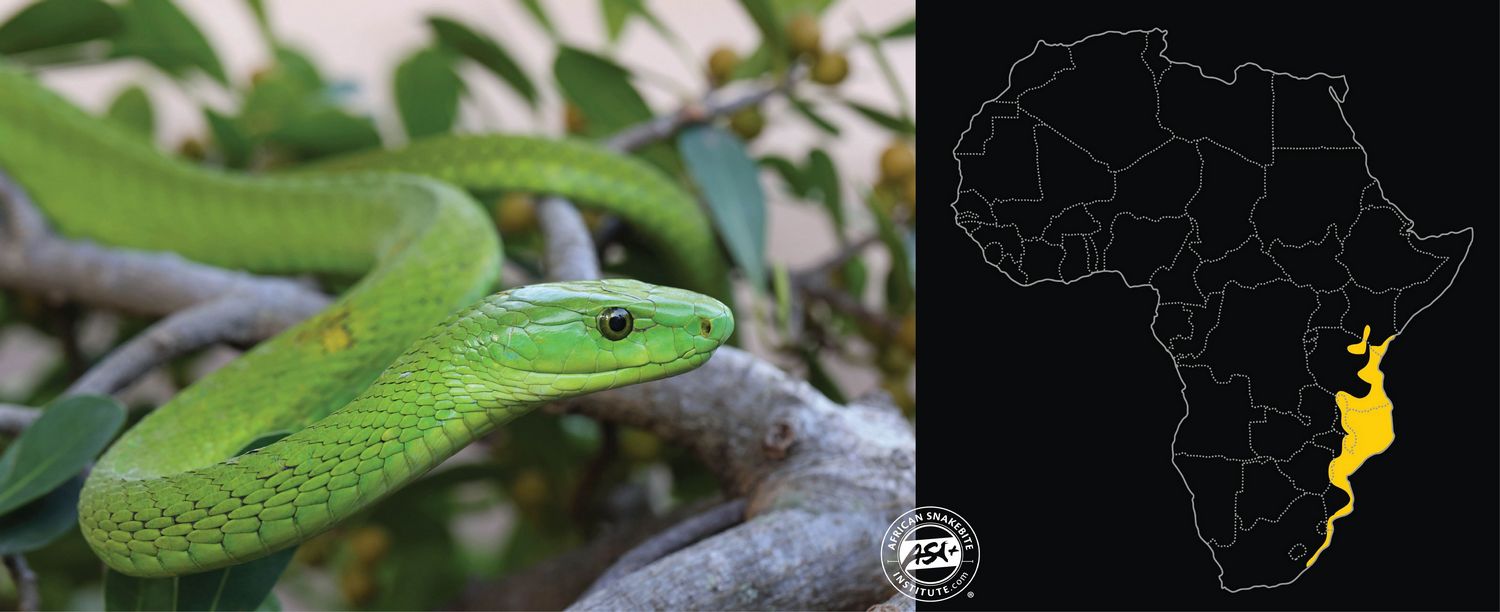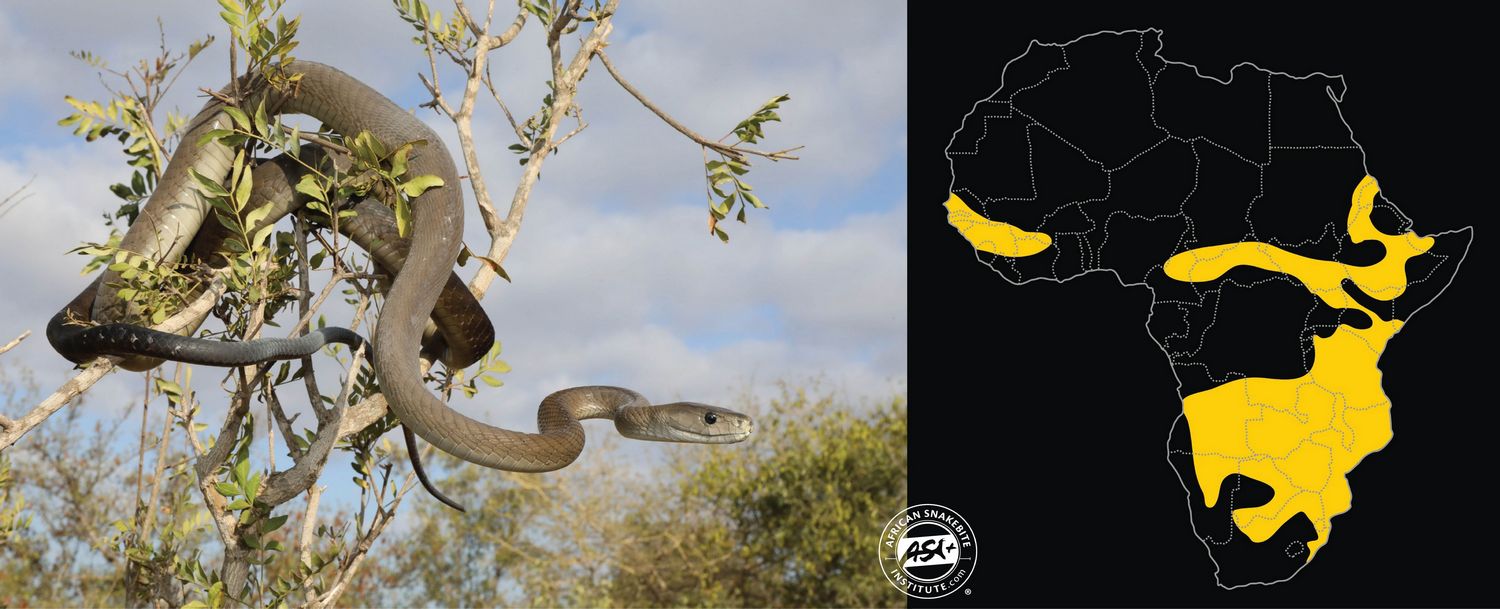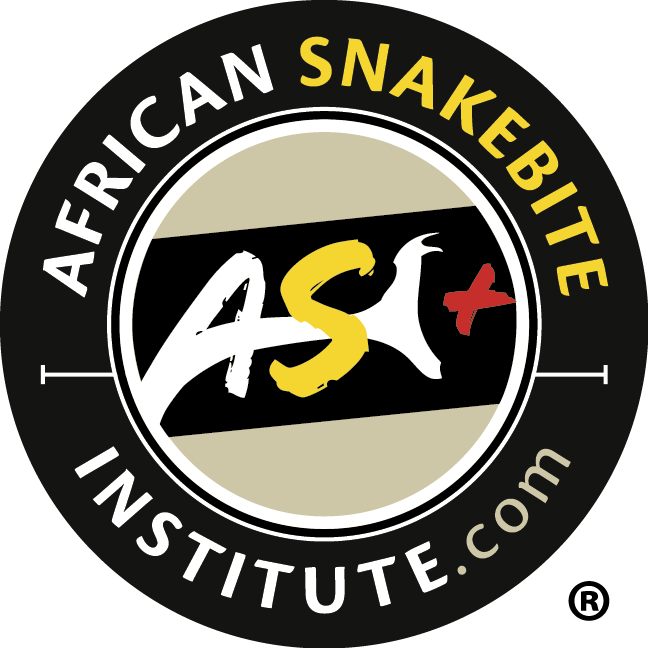“Muhle wena kona hamba, skati wena bona mamba, noko wena hayi tshetsha, wena ifa lapa stretsha.”
“It’s advisable to hamba, when you stumble on a mamba, for if you do not tshetsha (move), you’ll expire on a stretcher.” – an African saying.
Mambas have a bad reputation in Africa as large aggressive snakes, highly venomous and quick to chase people. The truth is far less exciting. Although the venom of mambas is potent and predominantly neurotoxic, and they are quick in their movements and reactions, they are not aggressive snakes. A wild mamba will flee as soon as possible, often before you even notice the snake. However, because they are fast and nervous snakes, any attempt to capture or corner a mamba or accidentally surprising one may result in a bite. And mambas often bite more than once, in quick succession.


